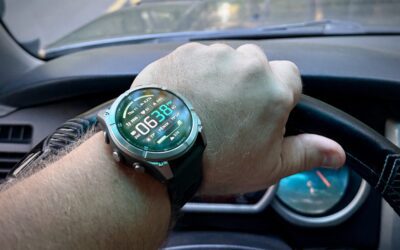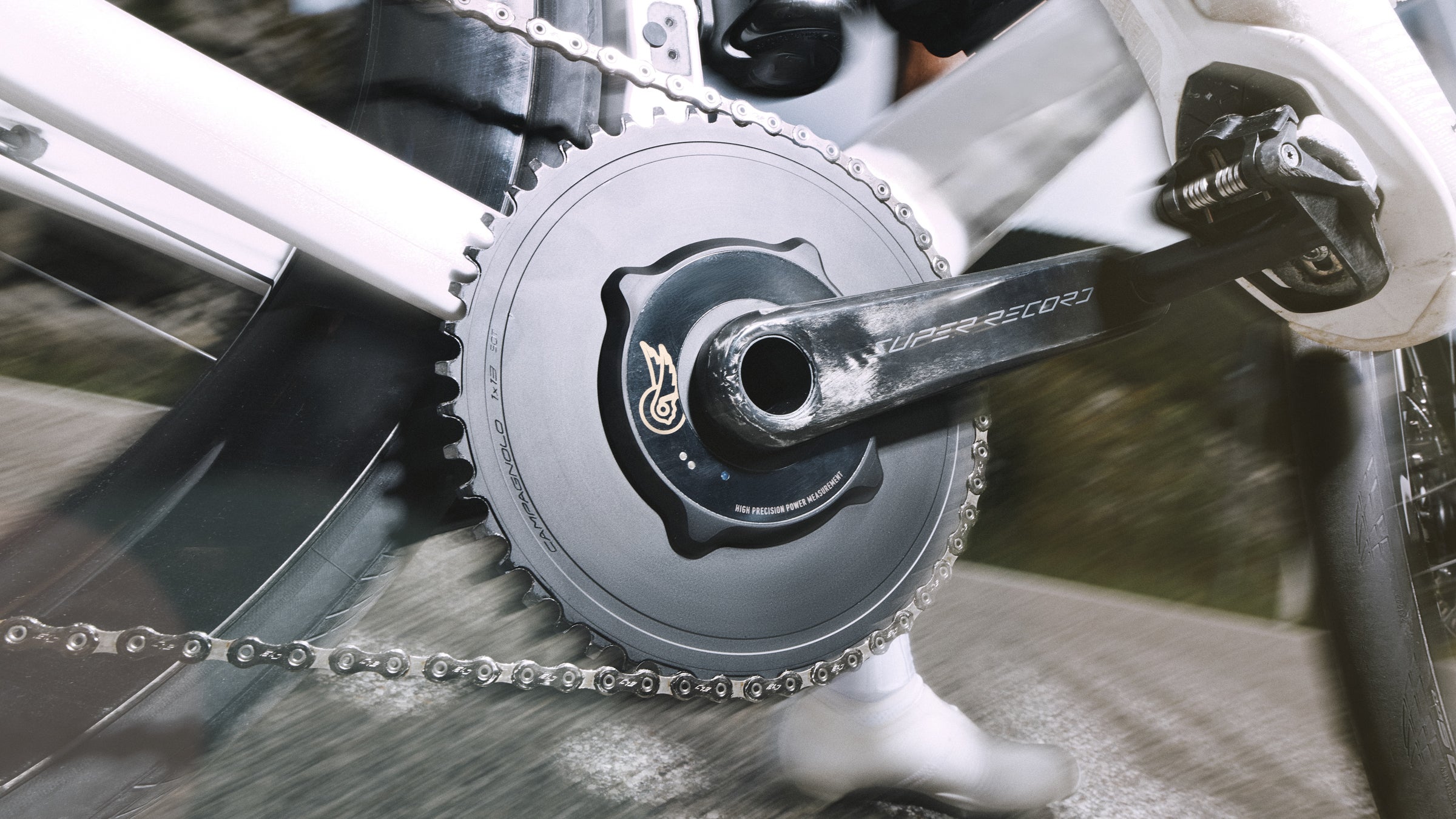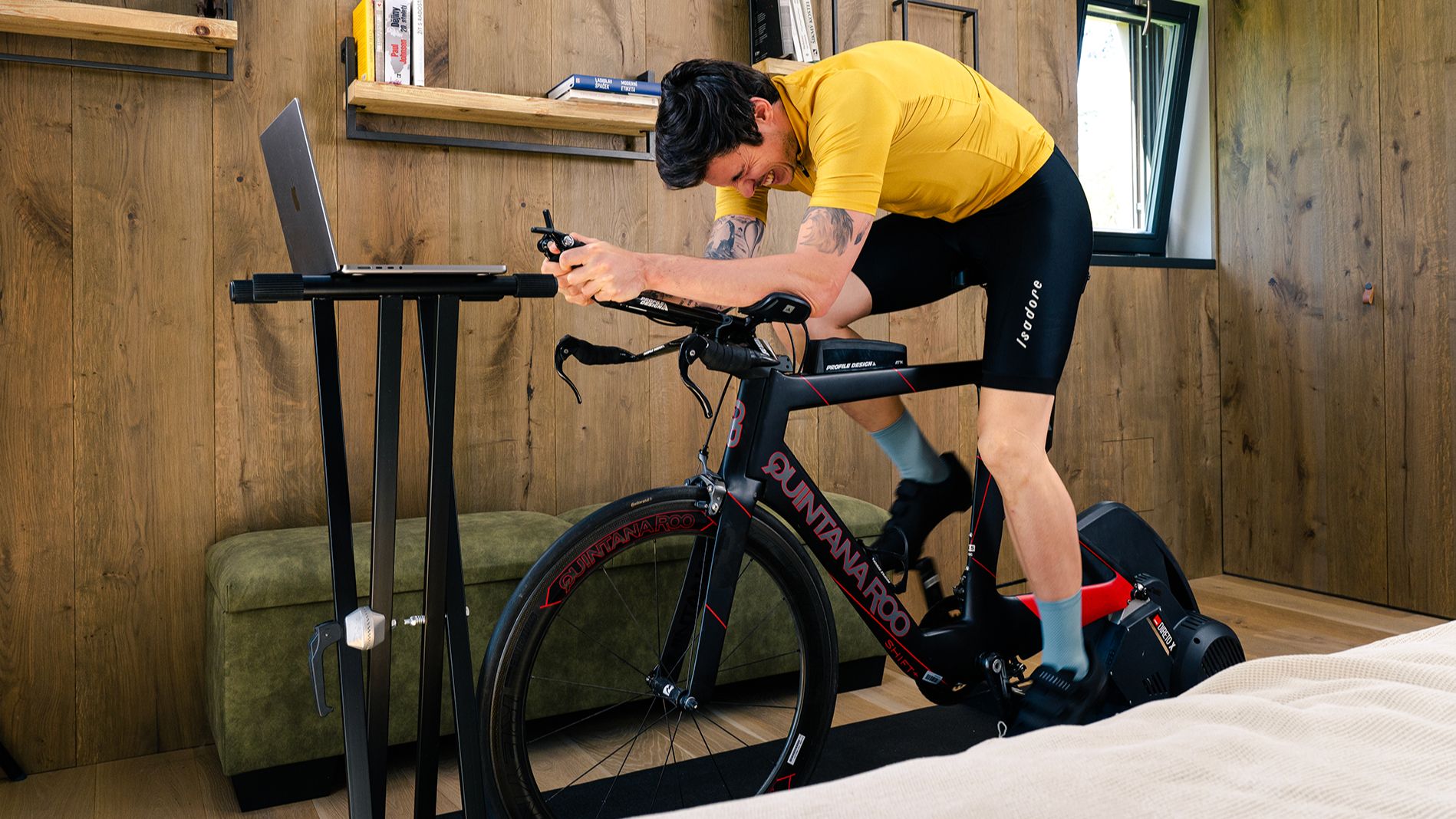Demystifying Indoor Cycling: A Beginner’s Guide to Smart Trainers and Metrics
Introduction
Indoor cycling is a thrilling way to keep fit, especially when the weather outside isn’t cooperating. But as you hop onto your bike and connect to a smart trainer, you might find yourself bombarded with confusing terms and measurements. Don’t worry! Let’s unpack these concepts in simple terms, so you can ride with confidence.
Understanding Smart Trainers
What are Smart Trainers?
Smart trainers are the fancy gadgets that connect your bike to your indoor cycling experience. The most popular choice among cyclists is the Direct Drive trainer. With a Direct Drive, your bike connects to the trainer without the back wheel. This creates a sturdy platform that mimics real cycling.
Smart Bikes vs. Dumb Trainers
If you’re taking it a step further, you may come across Smart Bikes. These come pre-built and have features like virtual gear shifting. They provide an immersive experience but come at a higher price. On the other hand, you have Dumb Trainers. These simpler models require you to adjust gears manually and don’t provide as accurate power measurements. They’re great for a low-cost option but won’t give you all the data.
Vital Metrics to Know
Measuring Watts
One of the first metrics you’ll encounter is watts, which measures how much power you’re producing while pedaling. The harder you work, the more watts you generate.
Heart Rate Monitoring
Your heart rate is another key metric. Keeping track of your heart rate can help you understand how hard your body is working. It was once more important than watts, but now both are crucial.
W/Kg
The W/Kg measurement is all about efficiency. It’s your power output (in watts) divided by your weight in kilograms. The higher the W/Kg, the quicker you’ll climb hills—whether indoors or outdoors.
Your Training Modes
ERG Mode
There’s also ERG mode, which automatically adjusts the trainer’s resistance based on your power target. You should find this super helpful when you’re aiming to keep a steady pace.
Sim Mode
Simulation Mode (Sim mode) is another exciting feature. This makes your ride feel realistic by adjusting resistance to mimic real-world climbing. If you’re training for outdoor hills, Sim mode is your friend.
Getting Motivated
You might find motivation in pace groups on cycling apps like Zwift and MyWhoosh. These groups are led by virtual bots, which help maintain a specific pace, keeping you on track during your rides. Another fun aspect is being a badge hunter; completing various routes will get you virtual trophies, which is a fun way to set mini-goals.
Conclusion
Indoor cycling can seem a bit overwhelming at first, but once you get the hang of the terms and equipment, it becomes much more enjoyable. Remember, it’s all about having fun while improving your fitness. So, the next time you hop onto that trainer, embrace the experience, and ride with passion. Happy cycling!
Original article: Click here











